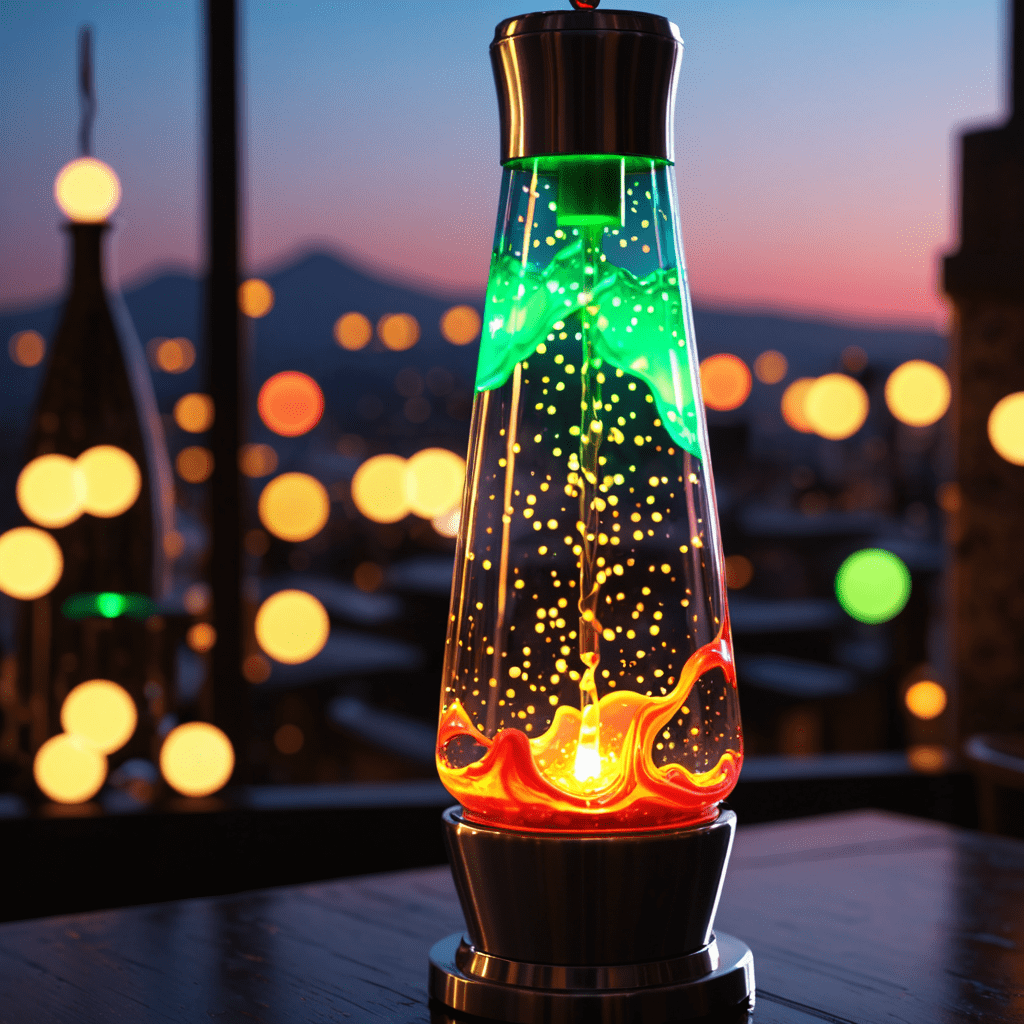
Uncovering the Mesmerizing Secret Behind Lava Lamp Fluid Dynamics
Step into the enigmatic world of lava lamps and behold the captivating dance of fluids. Have you ever wondered what causes the mesmerizing movements within these iconic decorative fixtures? Let’s dive into the science behind the fluid dynamics of lava lamps and unravel the fascinating secrets hidden within.
The Basics of Lava Lamp Operation
Before delving into the mechanics behind the motion of the fluids, it’s essential to understand the fundamental principles governing the functioning of a lava lamp. The classic lava lamp consists of a transparent glass vessel containing a colorful, wax-like substance and a clear or translucent liquid.
Principles of Heat and Density
The core mechanism driving the fluid dynamics in a lava lamp centers around the interaction of heat and density. At the base of the lamp, a light bulb heats the wax-like substance, causing it to become less dense and rise. As the wax ascends through the liquid, it cools, increases in density, and descends back to the base. This cyclical motion perpetuates, creating the mesmerizing, undulating patterns characteristic of lava lamps.
The Role of Convection Currents
Driven by the disparity in density resulting from the temperature differential between the heated wax and the surrounding liquid, convection currents form within the lamp. This process is akin to the natural circulation of air in a room when a space heater is turned on. The heated air rises, cools, then descends, completing the cycle.
Adding a Touch of Science
To enhance our comprehension, it’s important to recognize that the phenomena observed in a lava lamp align with principles of fluid dynamics. Specifically, the interplay of buoyancy, heat transfer, and changes in fluid density contributes to the captivating spectacle we witness when gazing at the dynamic display within the lamp.
Understanding the Enchanting Visual Display
The intermingling of these fundamental forces produces the visually entrancing experience that has captivated countless individuals since the inception of the lava lamp. The union of science and artistry in this mesmerizing display serves as a testament to the allure of physics in unexpected and delightful forms.
FAQ
Q: Can the fluid dynamics in a lava lamp be influenced by external factors?
A: Yes, external factors such as ambient temperature and air currents can subtly alter the fluid dynamics within a lava lamp, leading to variations in the flow patterns and the overall visual display. Additionally, moving or shaking the lamp can disrupt the equilibrium of the fluids, temporarily suspending the hypnotic motion until the components stabilize once more.


